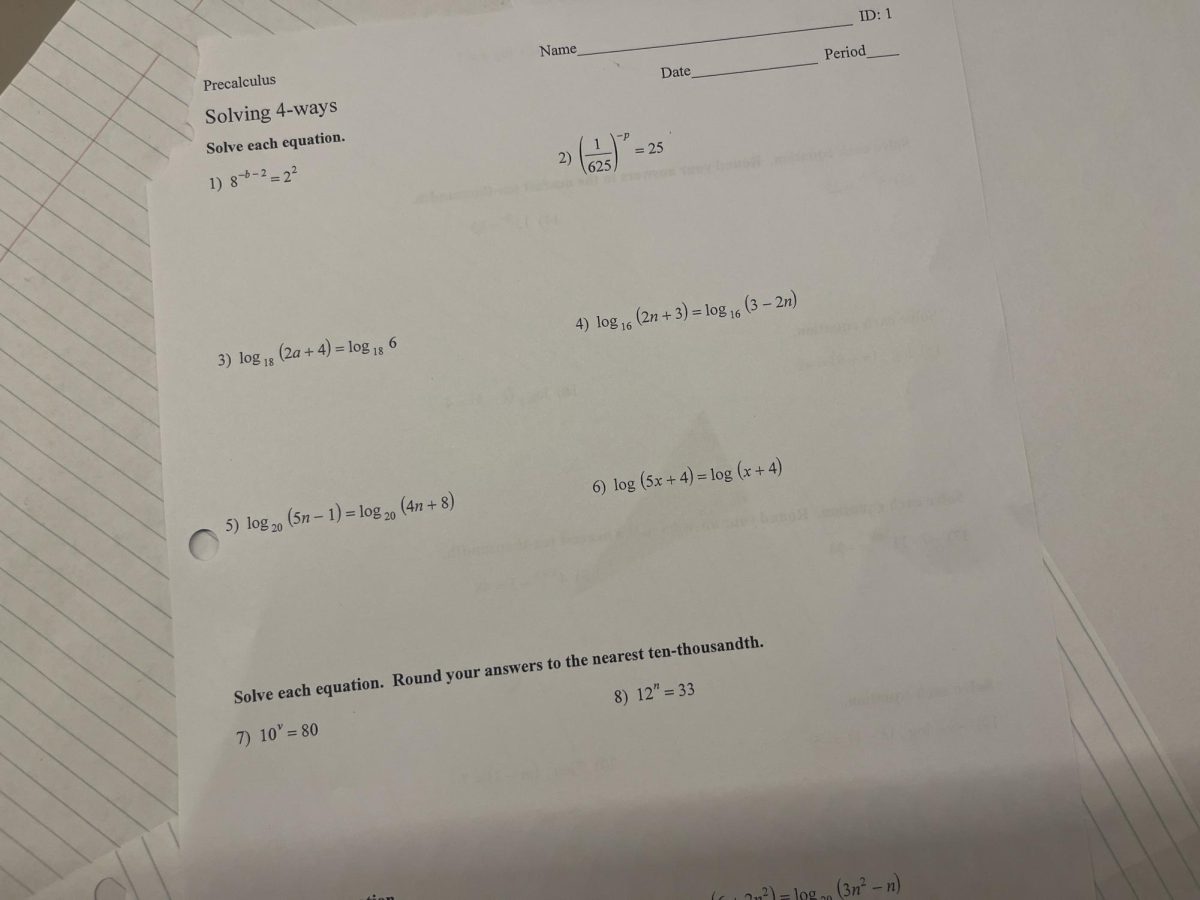At the beginning of the 2023 through 2024 school year, Pennridge High School issued a new addition to its school dress code. Students were no longer allowed to show any skin in their stomach region. This meant that no students were permitted to wear cropped shirts, along with the other long-standing issues of the dress code such as skirts or shorts that are shorter than palm length when a student’s arms are at their sides. These rules have become one of the leading causes for much of the student aggravation not only at Pennridge High School, but at many high schools around the country, and a large student body that believes that dress codes are unfair.
While dress codes are slowly transitioning the more unfair and skeptical territory, there is no doubt that school dress codes are made to sustain a safety factor in schools that filters out any serious political issues among students and to teach children and young adults how to dress and act in preparation for their lives after exiting the high school building for the last time.
However, one of the primary issues with high school dress codes is the inconsistency in enforcement. Students may receive different consequences for similar dress code violations, leading to a sense of unfairness. Often, the interpretation of what is considered “appropriate” can vary widely among school administrators, leaving students confused and frustrated. These inconsistencies lead to negative effects on both male and female students. Rules that focus on skirt length, shoulder exposure, or tightness of clothing can perpetuate harmful gender stereotypes and body image issues. Rules on graphics on shirts, pants, and hats, and a ban on hoods in many high schools are beginning to affect many high school students nowadays given the rapid speed at which style is changing in society.
High school dress codes have long been a subject of debate, with many arguing that they are becoming increasingly unfair. While the intention behind dress codes is often to maintain a conducive learning environment and uphold modesty, there are concerns that they disproportionately target certain groups and contribute to a culture of body shaming. High school dress codes are created to continue concentration in classes. Abram Hughes has had more than six years of experience not only teaching Algebra I and AP Statistics to high school students but also providing guidance and help to those who need it as he now works as the House Principal of 2025 at Pennirdge High School. When asked about a symbolic “line” being drawn at the expression students are allowed through dress code policies, he states that one main reason for these lines to be firmly drawn is that “expression can lead to disruption in a school.” Hughes, saying that he sees an average of around 10 to 20 students per year regarding dress code violations, also states that while this number of students seems high, he does not have to deal with many arguments, as these dress codes are put in place to keep students safe and focussed.
Furthermore, the impact of dress codes on students’ mental health should not be overlooked. Adolescence is a crucial period for self-discovery, and overly strict dress codes may hinder students’ ability to express their identity. Conforming to rigid dress standards may result in feelings of shame and anxiety, affecting both academic performance and overall well-being. Pennridge High School student Ciara Chapuseaux is in her Junior year at Pennridge and spoke about the time she was dress-coded during a freshman-year gym class for wearing a tank top. Chapuseaux says, “I was more three fingers wide, the straps. My gym teacher asked me less than a minute after taking off my jacket, that I needed to put it back on so as to not distract the other kids. Honestly, it just made me upset.”
High School is a key turning point in a child’s life. High Schoolers’ bodies go through several changes depending on gender, and dress codes tend to fail to advocate for all body types. Primarily in teenage girls, body types range on a spectrum, and no matter what these body types present, school dress codes leave women, especially, feeling that their body may be presented as “distracting” or told to cover up by the authorities they are supposed to view as role models or advisors. Being told as a high school girl to put on a jacket to cover up bodily features that students are born with such as parts of a student’s abdomen, shoulders, or chest area creates a self-consciousness that leads to anxiety among students.
The increasing unfairness of high school dress codes is a complex issue that involves issues of gender, diversity, and mental health. As schools strive to create environments that foster learning and acceptance, it is crucial to reevaluate and reform dress code policies to ensure they promote fairness, inclusivity, and a positive educational experience for all students.
Sources:
https://www.pennridge.org/Page/2371
https://openverse.org/image/c6858d3c-11ec-4143-8e7d-232e3a655a16?q=forever%2021





